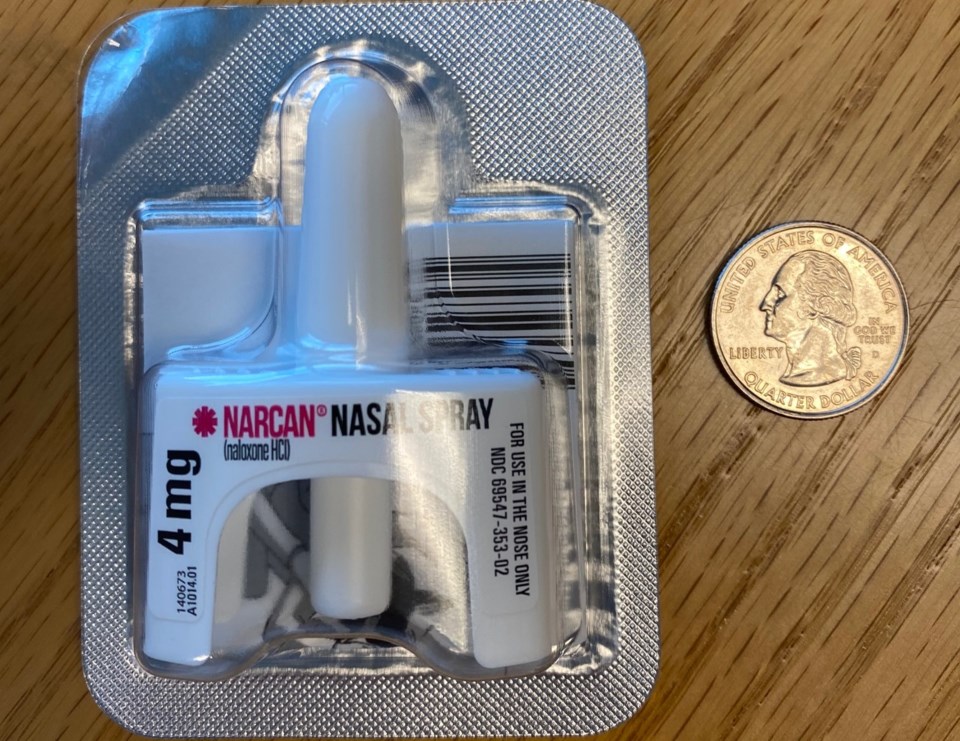The man with the needle in his arm looked dead.
“He was totally unresponsive, he showed every sign he had passed,” veteran Longmont police officer Jerry Carnes said.
The man was lying in a bathroom stall of a Longmont department store when Carnes found him. Carnes pulled out the Narcan Nasal Spray every Longmont officer carries in their equipment belt to reverse the effects of an opioid overdose and sprayed into the man’s nose.
Emergency crews had arrived by then and administered CPR.
“Another officer showed up and we thought he was dead,” Carnes said. “He then gets up like nothing happened.”
A few weeks later another apparent victim of a drug overdose responded the same way. Carnes administered the Narcan and in minutes the man was up and talking.
Carnes said he was on the telephone with the man’s mom. “I told her, ‘Never mind. Your son is alive.’”
Jeff Satur, Longmont’s deputy chief for Police Services, said Narcan has saved 42 people since police began carrying the spray in January 2017. In total, 114 lives have been saved with Narcan in the last three years by police, fire and EMS crews.
Victims are given a second chance at life because first responders used Narcan, Satur said.
“These are someone’s husband, sister, brother, son and daughter,” Satur said.”It is a truly amazing drug.”
While COVID-19 has caught everyone’s attention, police are still responding to more common — but just as deadly — substance abuse problems, Satur said. Police since January 2017 have connected over 235 people with its science-based Angel Initiative to help addicts start new lives, Satur said.
“We want to remind the community that our doors are still open and we are offering all members of the community an opportunity to get connected to treatment through our Angel program,” Satur said.
A key component to getting addicts treatment is Narcan, which was used five times by officers since February and saved lives each time, he said.
All the reports of its use read the same, Satur said.
“When the officers arrived the person was not breathing, had turned blue and had no pulse or a minimal pulse and they were brought back to life with Narcan,” he said. “Some even woke up and started interacting with the officers and EMS staff.”
Narcan Nasal Spray contains naloxone hydrochloride, which blocks or reverses the effect of an opioid overdose and was developed for first responders as well as family, friends and caregivers, according to the Narcan website.
It was made available to the public in the 1990s and started being used by states and first responders in the early 2000s, Tessie Castillo, advocacy and communications coordinator for the North Carolina Harm Reduction Coalition, wrote for Huff Post in 2104.
The spray, which is usually carried in a 4-milligram dispenser, can be used with little or nor training, Satur said, which makes it popular with first responders.
Carnes said he and other officers were skeptical when they were first told to use the spray.
“We all kind of said ‘Hey, we’re not medical. Why should we use it?’” Carnes said. “Then Chief Satur told us that we were usually the first ones on the scene and we should be the first ones to help.”
“That made sense,” Carnes said.



